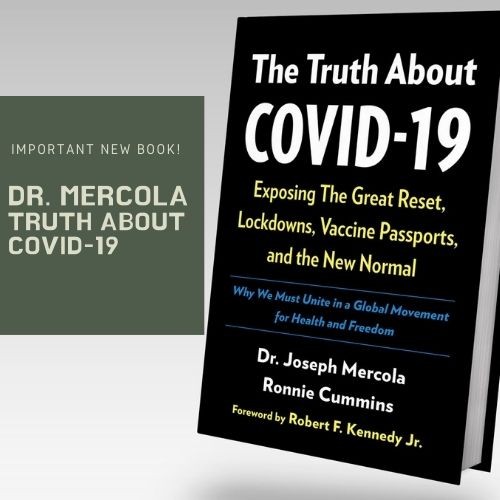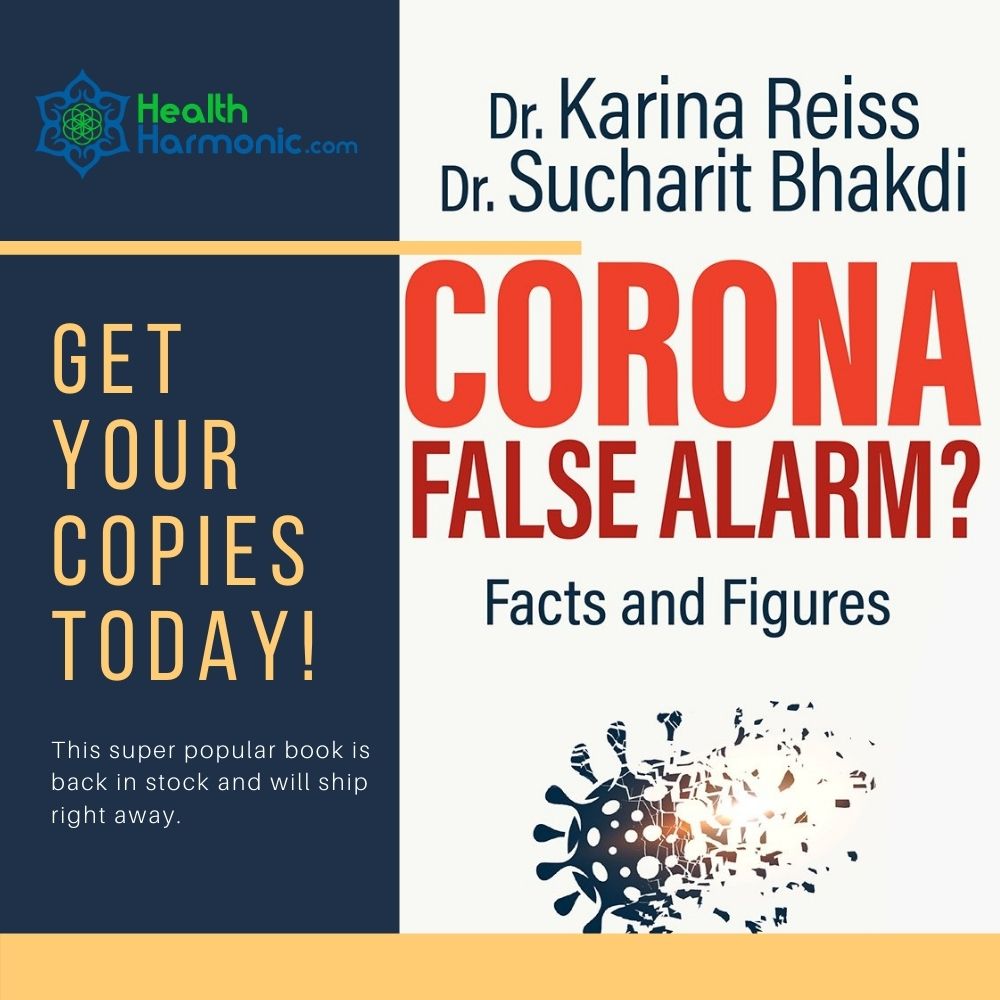
A new study claims that common house dust could be increasing a person's risk for obesity. The study, which was published in the journal Environmental Science and Technology, found that house dust contaminated with endocrine-disrupting chemicals (EDC) can increase a person's risk of obesity later in life.

The fine particles of EDC stick to household dust, which is then inhaled by people or absorbed through the skin. Scientists found that even 3 milligrams of EDC contaminated house dust cause "discernible effects" to a person's weight.
And since children are ingesting more household dust, this increases their risk for weight problems later in life.
Contaminated HOUSE DUST found to promote growth of body fat
(Natural News) By now it is pretty self-evident that the United States is fighting a growing obesity problem. Most of us are aware that a diet low in fresh fruits and vegetables and high in junk food, along with a lifestyle virtually devoid of physical activity is making Americans overweight. Now, a startling new study by the American Chemical Society, published in the journal Environmental Science and Technology, would seem to indicate that there could be another sneaky contributor to the nation’s obesity problem: house dust.
This might seem like an utterly ridiculous idea at first glance, but on closer inspection it actually makes sense. Previous research has confirmed that certain environmental pollutants like flame retardants, bisphenol-A (found in plastic) and phthalates (substances added to plastics to make them more flexible), are endocrine-disrupting chemicals – or EDCs – meaning they interfere with the body’s hormonal system. These EDCs have serious effects on reproductive and neurological functions, and impair immunity. Studies have also found that exposure to EDCs at a young age can cause obesity later in life, which is why they have been labeled “obesogens.” [Related: Learn more about how EDCs cause obesity, diabetes and developmental problems.]
Fine particles of EDCs end up in common household dust, where people in turn inhale or ingest them, or absorb them through the skin. The U.S. Environmental Protection Agency (EPA) has confirmed that children ingest about 50 milligrams of household dust each day!
To confirm the effects of this house dust on human weight, the American Chemical Society (ACS) researchers analyzed dust samples collected from 11 North Carolina homes. These samples were then tested in mouse pre-adipocyte cell model 3T3-L1 cells to see the effect of various compounds on triglyceride accumulation (triglycerides are a type of fat).
As reported by Science Daily, “Extracts from seven of the 11 dust samples triggered the pre-adipocytes to develop into mature fat cells and accumulate triglycerides. Extracts from nine samples spurred the cells to divide, creating a larger pool of precursor fat cells. Only one dust sample had no effect. Additionally, among the 44 individual common house dust contaminants tested in this model, pyraclostrobin (a pesticide), the flame-retardant TBPDP, and DBP, a commonly used plasticizer, had the strongest fat-producing effects.”
Image courtesy of: lianamccurdy






